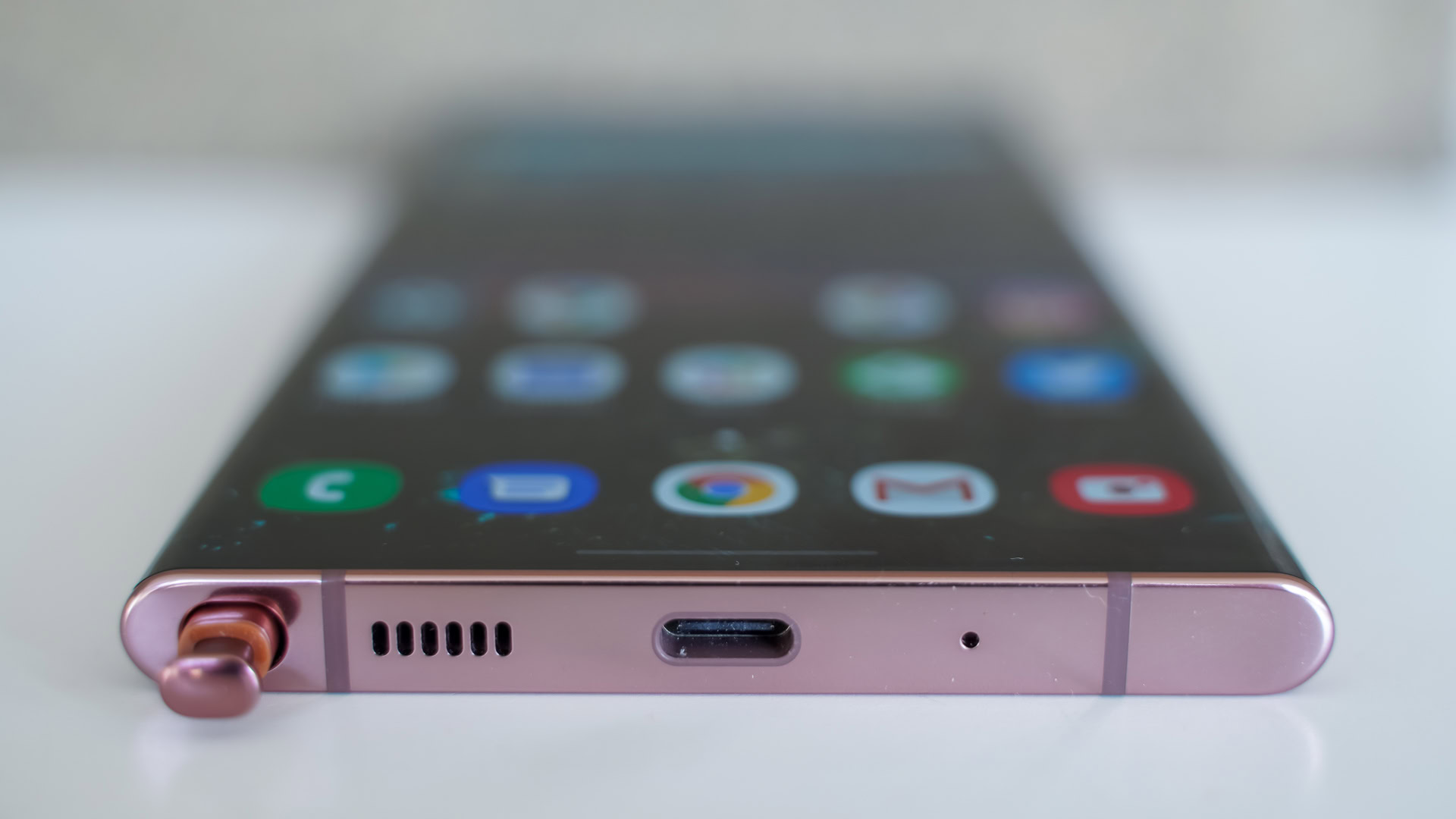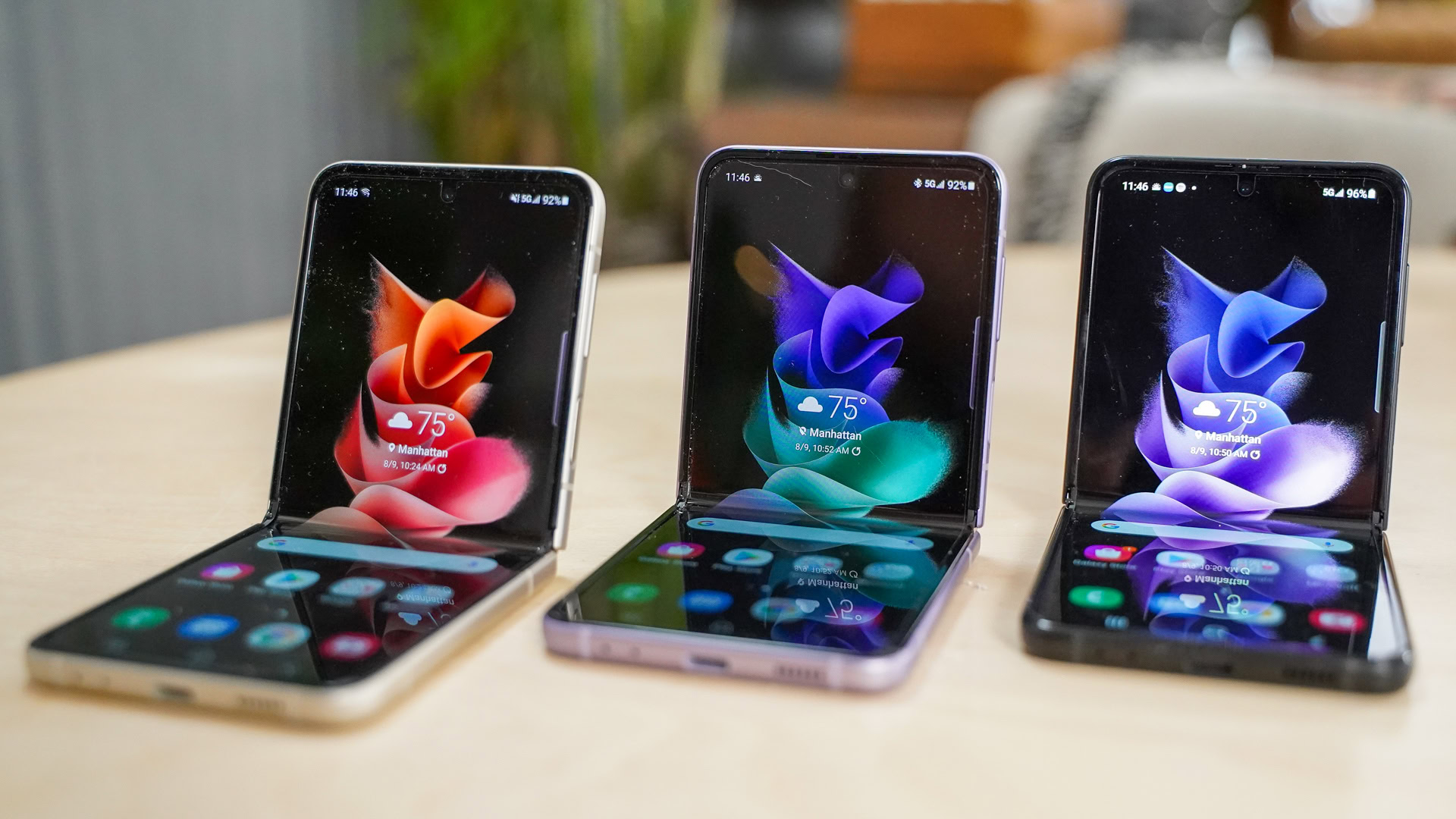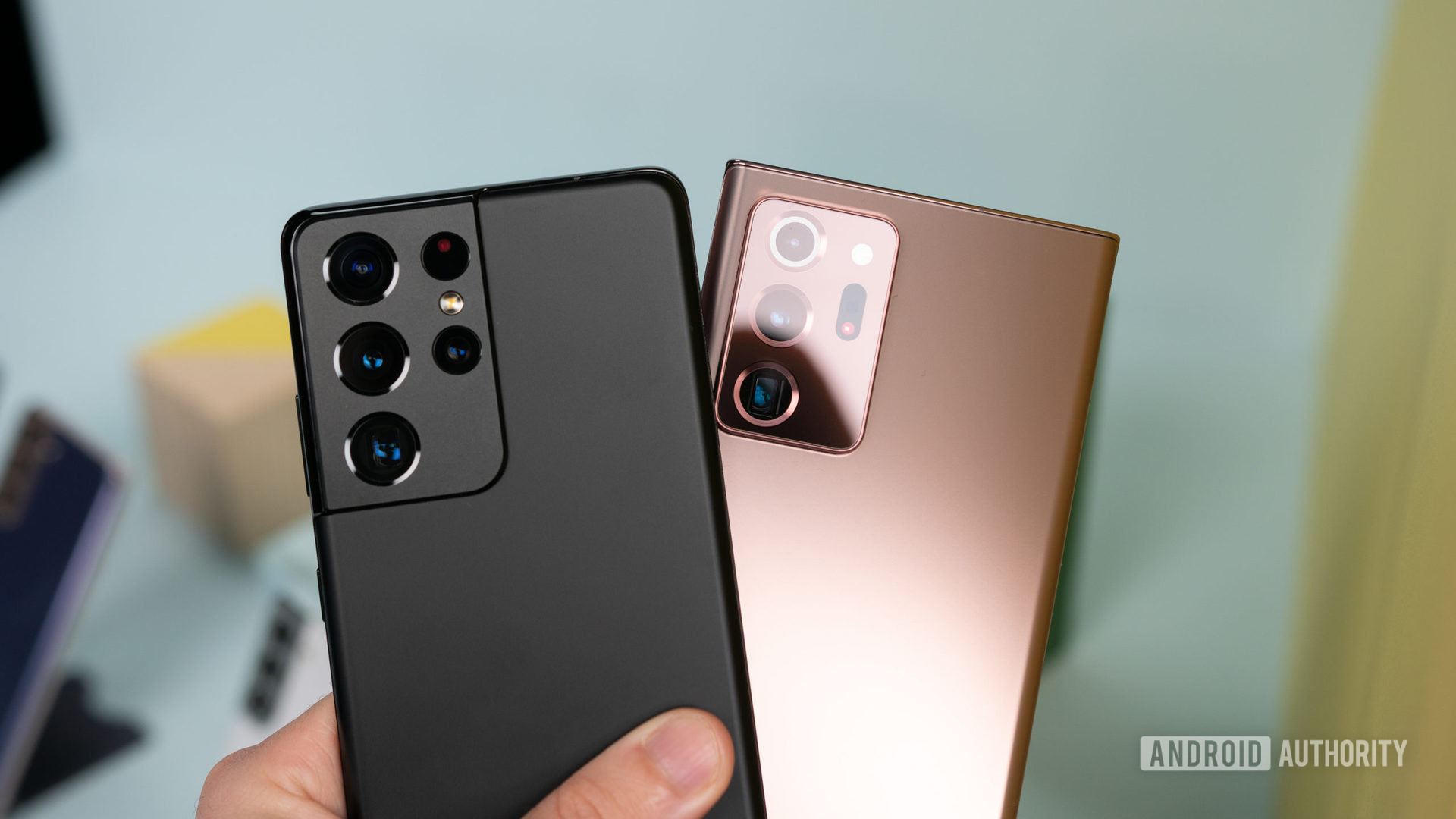Affiliate links on Android Authority may earn us a commission. Learn more.
Take note: Samsung is betting the farm on mainstream foldables, will it pay off?

The Galaxy Note is dead. Not officially, but we won’t see a new one in 2021. Samsung may bring the much-coveted Note line back in 2022, but for now, the Galaxy Note has been all but replaced by the Galaxy Z Fold 3. With S Pen stylus options in tow for the first time on the latest generation of the Fold, it looks as though Samsung has completed its transition to a new power-user form factor. Will Samsung want to return to the Note series after a year of foldables taking center stage on store shelves?
The story is, of course, a little more complicated than Samsung simply replacing the Note series with the Z Fold range. The ongoing global component shortage may have played at least a small part in the decision not to launch both products side-by-side. With tight availability for processors and other key components, shortages of its technological showpieces wouldn’t have looked very good for the company and so, Samsung may simply have prioritized.
Samsung may be retrying to re-bottle the Note lightening with foldables.
Or this could be part of a larger phasing-out strategy for the Note line. Previous Galaxy Note models, including 2019’s Note 10, oversaw strong growth in the Galaxy line-up and certainly played a part in propelling Samsung’s mobile success. However, reports suggest that Samsung expected lukewarm demand for the Note 20 that may have led to the company manufacturing just two-thirds of the units originally planned.
The Note series’ allure may be waning and perhaps Samsung believes foldables are the new market to bank on? Either way, Samsung made its choice. When push came to shove, foldables were preferred. But will sacrificing the Note series, in the long- or short-term, pay off?
Affordable foldables: A play for the future

Samsung’s preference for foldables this generation isn’t without risk. Without a Galaxy Note, the company’s power-user customers face the prospect of paying at least $1,799 for this year’s productivity powerhouse. Plus $50 more for the S Pen Fold or $100 for the S Pen Pro, if they want the full experience (and even more for a case if you want to store the S Pen). That’s a huge sum for a phone with an inferior camera setup to 2020’s Galaxy Note 20 Ultra and arguably even the regular Note 20. As such, the Galaxy Z Fold 3 is likely to remain a niche handset and many Note fans may simply sit out this year’s upgrade cycle rather than switch to team Fold.
Our verdict: Samsung Galaxy Z Fold 3 review
Fortunately, the Galaxy Z Flip 3 is more reasonably priced, starting at $1,000. However, the fun and funky flip phone isn’t really built to entice traditional power-user Note customers. It’s more of a handset to bring foldables to mainstream consumers. Especially now that it’s running a (just about) mainstream price tag. This is the true nature of Samsung’s gambit — foldables for the mass market at the expense of a traditional power-user smartphone.
If the Galaxy Z Flip 3 sells sufficiently well, and it may well do now that it costs at much as the Galaxy S21 Plus, Samsung is setting itself up for years at the front of the foldables pack.
Samsung's gambit is foldables for the mass market at the expense of a traditional power-user smartphone.
No other rival looks set to offer a foldable smartphone capable of hitting the mass market anytime soon. The HUAWEI Mate X2 is very well built, but remains unconscionably expensive and would struggle to sell in the West without Google apps. The OPPO X 2021, the Chinese company’s rollable concept phone, would likely be equally pricey if it ever made it to market. Even Xiaomi’s Mi Mix Fold for the Chinese market, which was marginally more affordable than Samsung’s Galaxy Z Fold range, would still be priced above $1,500 if it were to make its way to global audiences. Which it won’t.
Virtually all of the other major brands are still closer to the expensive concept rather than the mass market stage with their flexible phones. It will take another iteration or two before they close the gap. Samsung looks poised to enjoy at least another couple of years of mobile leadership by banking on mainstream foldable smartphones. Even the company’s biggest rival, Apple, isn’t expected to launch its first foldable handset until 2023. And even that phone may come with an ultra-premium price tag.
Filling the Note void

Of course, successfully propelling itself ahead of the mobile game with mainstream foldables is far from guaranteed. In fact, the absence of a Note 21 presents an opportunity for Samsung’s rivals to snag more of its market share, especially if its bet on foldables fails to shift units.
Xiaomi, in particular, has had a strong 2020 and 2021, capitalizing on HUAWEI’s demise to challenge market leader Samsung for the top spot in global market share. OPPO too is chomping at the bit. Samsung’s long-held lead in the smartphone space is slipping, which perhaps partly explains why it’s so willing to try and make foldables stick.
Samsung's rivals look to be years away from mainstream foldables.
Consumers who want something more productivity-focused than the Z Flip 3, yet don’t want to spend astronomical sums on the Z Fold 3, may turn to premium handsets like the Xiaomi Mi 11 Ultra, Sony Xperia 1 III, OPPO Find X3 Pro, and others that play to the enthusiast market. Samsung may find it much harder to compete against premium smartphones in the absence of a new Galaxy Note model. Especially as the Pixel 6 Pro and new iPhone Pro Max are just on the horizon and will definitely be on the radar of those looking for a new phone before the end of the year.
That being said, manufacturers have historically struggled to recreate the allure of Samsung’s stylus-equipped power-user handset. For fans, nothing else comes close to the Galaxy Note. Not forgetting that the Samsung Galaxy S21 Ultra covers much of the Note’s territory these days and Samsung could always return to the series if foldables don’t work out as planned. Samsung isn’t quite all in and can perhaps afford to take a short break from the Note series.
Is Samsung right to focus on foldables instead of the Note?
Samsung has sacrificed the Note in order to make foldables mainstream this year. It’s a bold play to push its nose back out in front and stave off the ravenous competition from Chinese brands. By leveraging technology its rivals are currently unable to match at a price point that’s competitive with their flagships, Samsung has an edge. But there’s no reward without risk and Samsung is leaving a gap in its product line-up that others will look to fill.
Do you think Samsung’s strategy of placing affordable foldables ahead of the Note will succeed? Vote in our poll above and let us know your thoughts in the comments.